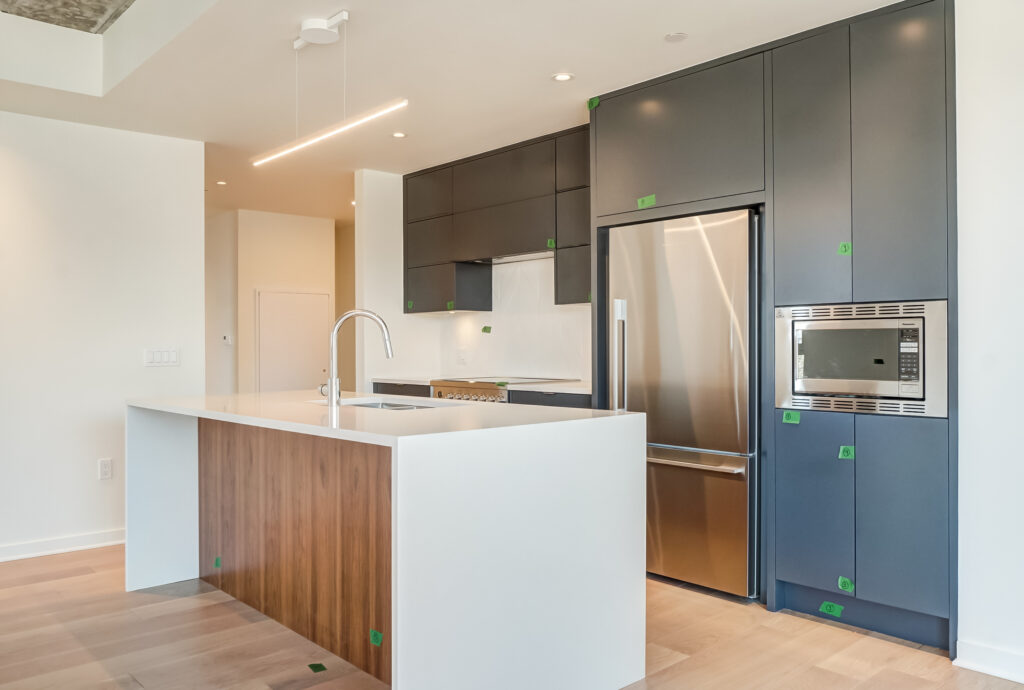BY MARILYN WILSON, FOR POSTMEDIA NEWS February 23, 2013
A reader wrote me recently about how frustrated she and her husband are with the dust that accumulates in their 16th-floor condo. They love everything about condo living except the dust, which was the last thing they anticipated in a relatively new building.
They mentioned this problem to friends, who also reported having issues with dust. The common denominator is that all of these people live on higher floors of condo buildings. This particular couple initially thought the dust problem would be limited to summer months, but they later found winter brought no relief.
There are many factors that can have a negative effect on your dust quotient. Let’s address some of them.
HOOVER POWER
What many people don’t realize is that dust does not just collect as dust bunnies under the sofa and beds, it’s also stored in fabrics. Dust gets trapped in the pores of fabrics and stays there until someone disturbs it, at which point some of the dust is recirculated into the air, only to find another home as it settles. Pillows, carpets, drapes and sheers all store dust and dust mites.
So how do you rid your fabrics of these? It may not be as easy as you think.
Vacuuming picks up most of the visible dust, but the warm air you feel exhausting from the vacuum contains smaller particles that are released into the air to look for another home.
One simple strategy to address this is to change your vacuum cleaner bag well be-fore it gets full. You can usually smell when a vacuum cleaner bag needs changing but, as some people have better sniffers than others, a good rule is to change the bag often. This is an example where half empty is better than half full. And whatever you do, don’t put an air freshener in your vacuum. It’ll give your condo a chemical smell. In terms of vacuum cleaner efficiency, do your research. If you have allergies, look for units with HEPA filters – these devices remove extra-small particles that contribute to allergies and that pass through regular vacuum filters.
CARPET ATTRACTION
Walking on carpets and sitting on fabric-covered furniture creates static electricity. The drier the air, the more static electricity. The more textured the fabric, and the longer and more synthetic the carpet pile, the more static electricity. Static electricity attracts airborne particles to furniture and carpets, and holds them there, resisting efforts to vacuum them up.
A simple solution is to maintain the humidity in your condo unit at recommended levels in the winter. You can buy inexpensive hygrometers for less than $20 at most electronics stores. If you can’t adjust humidity through your central-heating system, you can use room humidifiers.
OUT ON YOUR OWN
I mentioned that the reader who wrote to me about dust had found other owners with the same problem. Talking to other condo owners in your building is a great way to help limit your own dust. If other owners are experiencing similar issues, find out if your condo corporation can change air-conditioning and heating filters more often.
If dust is a huge problem in the building, it may warrant a professional evaluation of the heating and air-conditioning systems. Changing the building’s filters more frequently may reduce dust significantly.
You still have some control over dust at your unit level by cleaning your refrigerator and dryer vents more often. You may also want to investigate self-contained, unit-level air filters and purifiers.
DOOR AND WINDOW SEALS
Much of the dust in your condo unit comes in through the building’s hallways. These are usually carpeted for a number of valid reasons, but people entering the building bring in dust on their shoes and clothes, and this is deposited on the carpet.
Bill Bellingham of heating and cooling specialist J.C. Robinson & Sons says many newer condo buildings have a slight positive pressure in the hallways for fire safety. Although this is generally a good thing, when someone enters a condo unit, the dust from the hall is disturbed and enters the unit along with the person.
If the hall is pressurized, there is a constant attempt to drive air into the unit around the door. This is why you must ensure your door is well sealed. Sealing also applies to windows, especially on higher floors, where dust rising from the street can enter around the windows.
In summer months, window screens can help catch dust before it gets in.
A FRESH COAT
Believe it or not, a fresh coat of paint can help cut down on dust. As paint ages, it dries out and comes off as a fine dust. The solution to this is regular painting. Don’t forget to include your ceilings in the list of “must paint.” The glossier the paint, the less it will attract dust.
DENSITY
Condos are often situated in high-density areas. If you are living in a high-traffic area with a lot of development going on, you may also experience more dust. The increased level of local traffic helps brew dust.
LIGHT
While this may not actually contribute to dust levels, increased light provided by southern or western expo-sure may help reveal dust you normally wouldn’t see. This may not necessarily be due to the presence of more dust, but simply to increased illumination by sunlight.
Marilyn Wilson has been selling real estate for more than 23 years and owns Marilyn Wilson Dream Properties Inc. Brokerage, an Exclusive Affiliate of Christie’s International Real Estate. She can be reached through dreamproperties.com or follow her on Twitter@marilyn_wilson.
© Copyright (c) The Regina Leader-Post
